Wild at Heart
But Not How You Want Me To Be
My dad is this unique mixture of grit, creativity, toughness, compassion, awareness, sensitivity, comfort, strength, and so many other seemingly counteracting attributes that make up the man that he is.
Seemingly counteracting. Because I don’t think they do.
The way these qualities merge to shape a person who isn’t a one-dimensional stereotype of a human is something elegant and powerful. Like the violence of an ocean wave whose sounds can lull you to sleep, or the apex of a symphony that creates emotions of both dread and awe.
I’m glad I had a multi-dimensional father to raise me.
When I was a teenager growing up in the Bible Belt in the late 90s / early 2000s, I was somehow lucky enough to be in my most formative years in both the height of Purity Culture and the Christian Masculinity Movement. Twenty years later, I’m still recognizing components of each that shaped so much of my brain. And twenty years later I’m still doing the work in rewriting some of those neural thought pathways.
The book Wild at Heart was like a second Bible in these years. I felt really bad after I read it because I really didn’t like that second Bible that I was supposed to like.
My 16-year-old brain summarized the book kind of like this:
Every man wants to be (needs to be) an action hero like you see in the movies. The author referenced William Wallace from Braveheart as the ideal man that all of us wanted (needed) to model. I had never seen the movie then (and still haven’t), but I did see that one clip in many a youth pastor’s sermon where Mel Gibson yelled a lot and ran in slow motion. The book taught that a man was born to be wild, born to fight, and born not to get stuck in boring everyday life. Essentially, if you’re not sleeping outside, licking the dirt, and eating only food that you killed with your hands, then you are not a real man. Oh, and the kicker: your primary objective in life, like every good action movie hero, is to rescue the damsel in distress who is helpless without you. You, the mighty warrior come to save the vulnerable and obviously incapable woman.
I’m not sure what made me start thinking about this. A significant personal battle I often encounter is the resistance against being constrained by labels. Being boxed in. Throughout my 39 years, I’ve contended with various categorizations imposed upon me. Here are a few:
You’re a male. You should always be tough.
You play music. You probably aren’t a good athlete.
You are an athlete. I bet you can’t dance (ok that is so true).
You go to church. You don’t have fun.
You like beer. You are struggling deeply.
You play video games. You’re so lazy.
You work at a church. You are judging me.
You are very particular. You’re just negative.
You took too long to share your thoughts. You must lack confidence.
I’m doing work inside and getting out of those labels. Maybe I’ll write about that someday. For now, it’s the male stereotype, and as a result, the female stereotype that the book Wild at Heart portrayed.
My thoughts on this are nothing new, and I’m probably a little late to the party in sharing them anyway. (If you haven’t yet, read MY DISCLAIMER).
I think the book Wild at Heart had great intentions, and probably some solid truths in it. One of the beauties of life and learning and Jesus is that we are all so different and all so unique and all so unbelievably multi-dimensional. Wild at Heart, as a 16-year-old, was incredibly one-dimensional and did more than just create tension in me, it made me angry.
Angry because I did love the outdoors a whole lot and I felt pretty tough. I also loved art and flowers and music and cooking and video games and technology and romantic dates with my new girlfriend (spoiler I married her and we had three kids) and had no desire to go hunting or watch Braveheart (still don’t).
It tried to box me in. And so did that influential adult dude (NOT my dad) who read Wild at Heart as his second Bible and thought any male that differed from his vision of what a “good Christian guy” was, was weak and failing.
I’m old enough (and therefore have learned a lot about myself) to know that so many of my internal thoughts are self-imposed and not entirely accurate views from others. But as a teenager, I had a hard time deciphering this from reality. If the book said it, and the book was being pushed by people I trusted, then I was broken, right? So yes, I was angry, but I was probably most angry at myself. At the time, I didn’t know any better.
Grasping my own flaws came naturally to me, but becoming someone like William Wallace was still far out of reach. What my mind understood as reality was that I was the one at fault. If the book said it, and people I trusted said the book was right, I would have to find the exit in the maze of internal inconsistencies on my own.
Welcome to the mind of an Enneagram 1, where most of the time it’s always your fault.
But then I would step outside of myself, outside of where I was at fault and needed repair, and I would look at the females in my life. I’m one of the rare few who had a stable family with parents and siblings and cousins and aunts and uncles who loved me for me. They probably (definitely) thought I was weird, but they loved me nonetheless. I had two sisters and a mom who weren’t the helpless damsels needing rescue. They were fierce and tough and also gentle and beautiful.
And then my girlfriend at the time. She didn’t need to be rescued. She didn’t need to be saved. She needed someone to come alongside her on this quest of figuring life out. Her helping me when I was weak. Me helping her when she was weak. Together. So I did.
The portrayal of the one-dimensional female in Wild at Heart simply didn’t hold fast to the females I had encountered in my life so far. I don’t think I knew any males that fit this mold that was taught to me either. Which then clued me in, because those paradoxes lived outside of myself which made it more believable. So maybe, the narrative I was being fed wasn’t the full story.
The full story.
Life seems to be a lot about learning the full story. When you’re young it’s easy to see your life as a single route from life to death and everything in between. But think about every little choice, every small decision (conscious or subconscious): there has to be an inconceivable amount of both possible and then realized pathways, that if we were to map out all of them, would fill an infinite amount of papers.
It reminds me a little bit of one of my favorite author Blake Crouch’s thriller novel and soon-to-be Apple TV series titled Dark Matter. You follow the main character down different choices he makes and you see how each choice creates an entirely new world: The Multiverse.
That should be how we think about people. We are a Multiverse. A person is incredibly detailed and complex and can’t be pinned down to a linear definition. They have a personality with layers of depth to unravel and learn through the years. They have dreams and desires that can (and should) adapt and evolve and not be confined to last year’s yearnings. They have hobbies that encompass a variety of interests that on paper shouldn’t overlap but do.
People are multi-dimensional, but all too often try to fit everything of themselves into a narrow channel and end up getting gridlocked like the Ever Given did in the Suez Canal. That caused a disruption in global trade for only 6 days. Many of us stay immobile for years. Some are stuck for life.
Books like Wild at Heart probably didn’t intend to be part of the constrictive tunnel vision humans experience, but they surely don’t help us explore the endless parts of who we are and who we are to become.
Now what? Simple. Embrace the tension of your own evolution, see others well, celebrate all of our differences, have fun and explore your true self, and offer a generous and deep grace in it all.



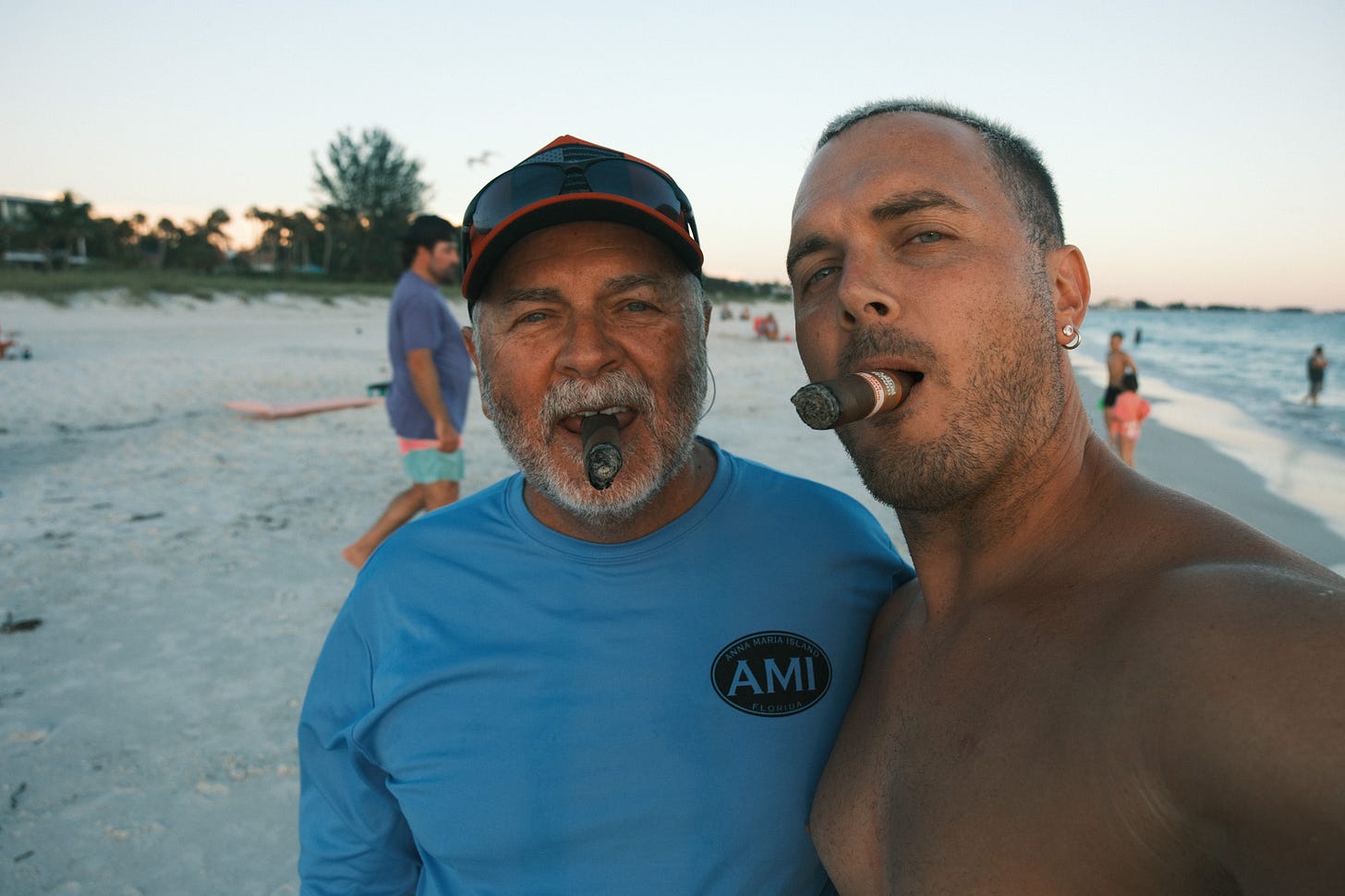

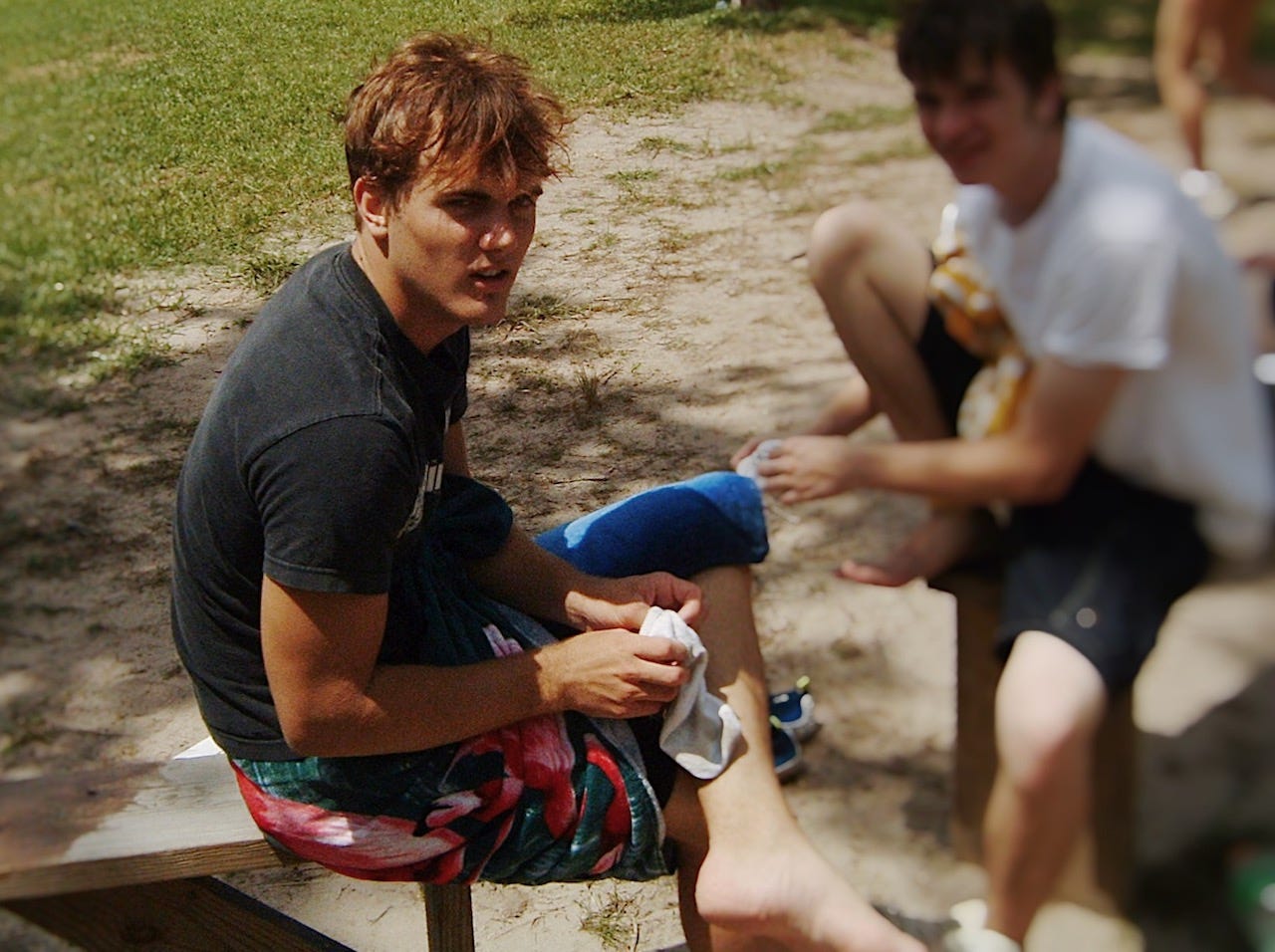
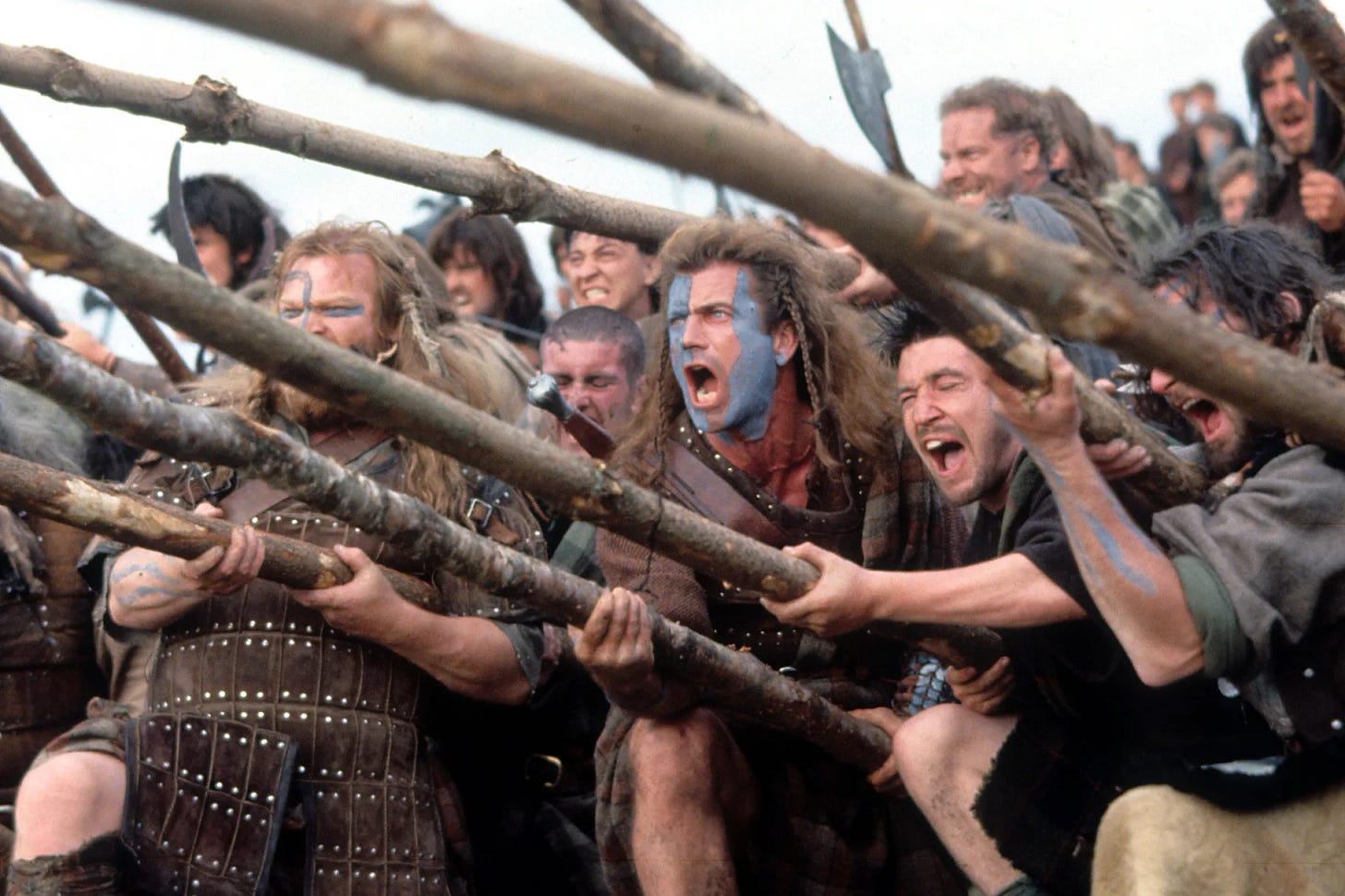
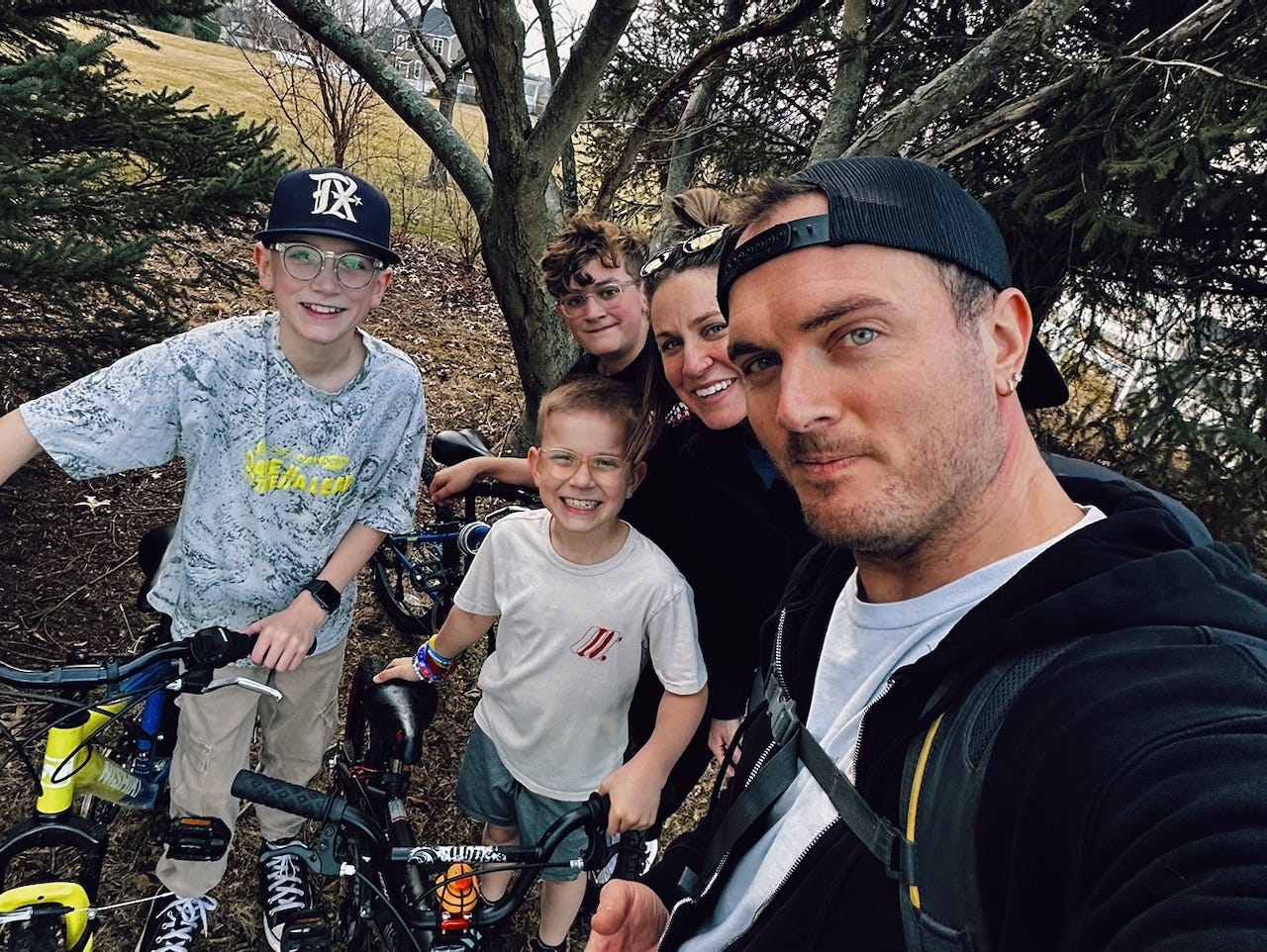
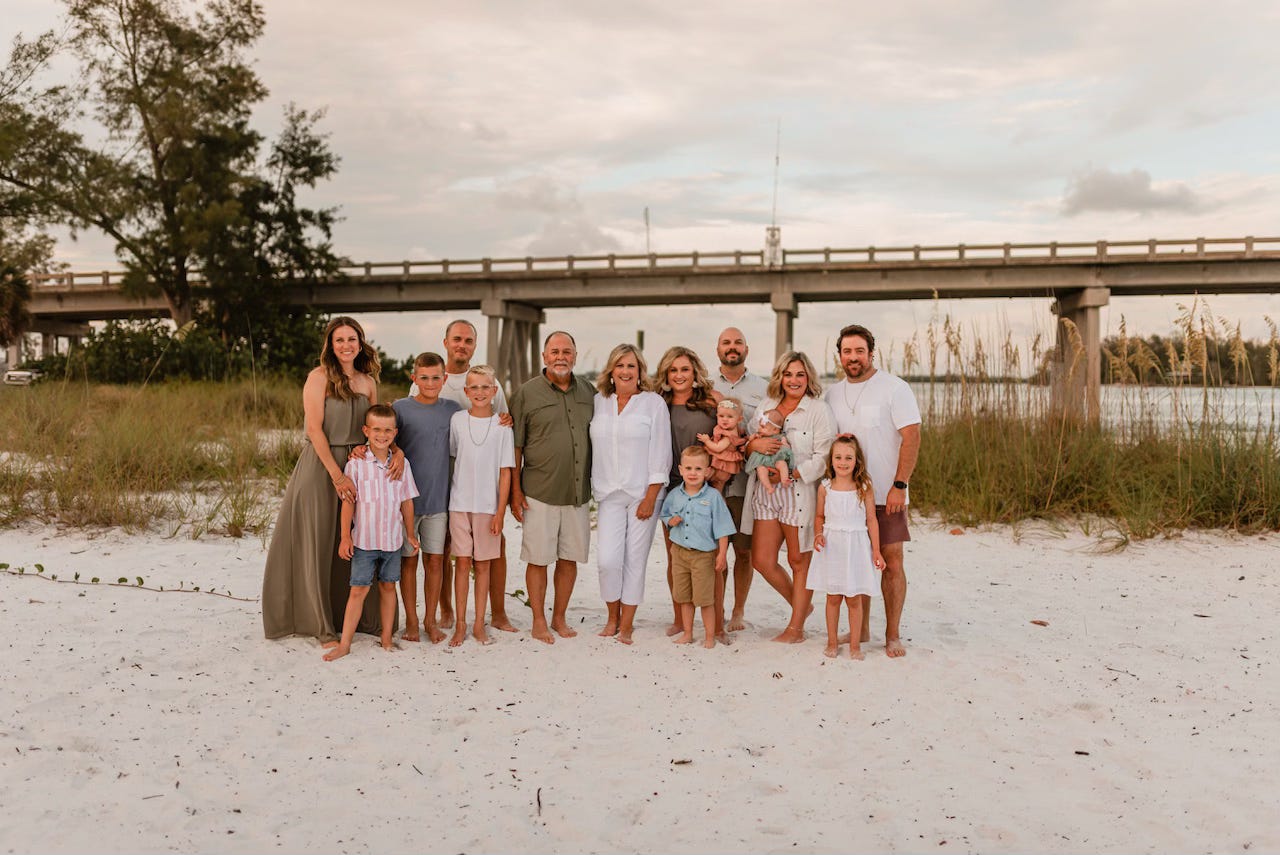
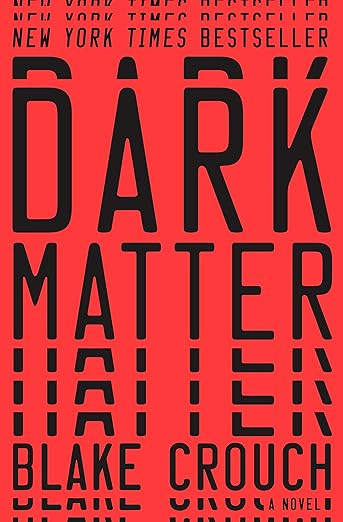

I love you both. No one would expect anything differently from you. You are incredible from your middle school skinny jeans to your dad days now. You be Trae in the eyes of the Lord.
Real real good. I can relate. Except for the being a male part. And the athlete part.